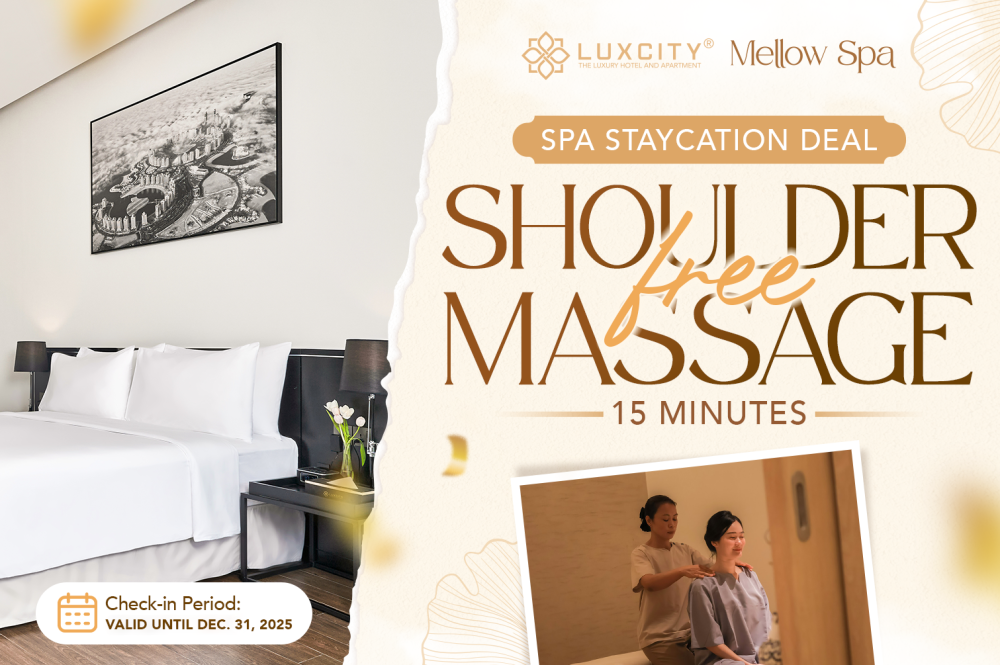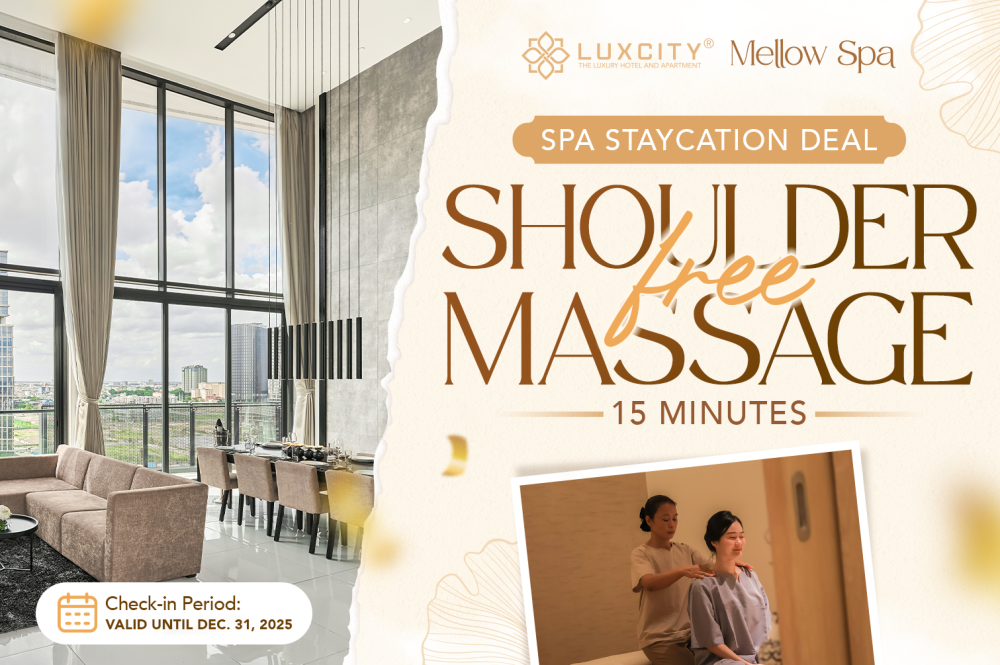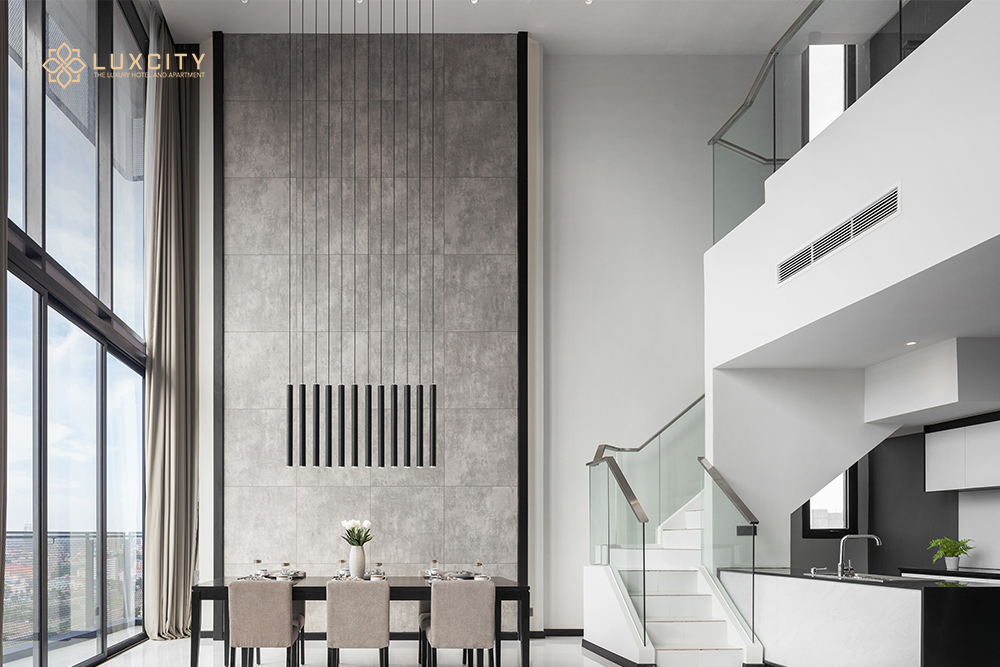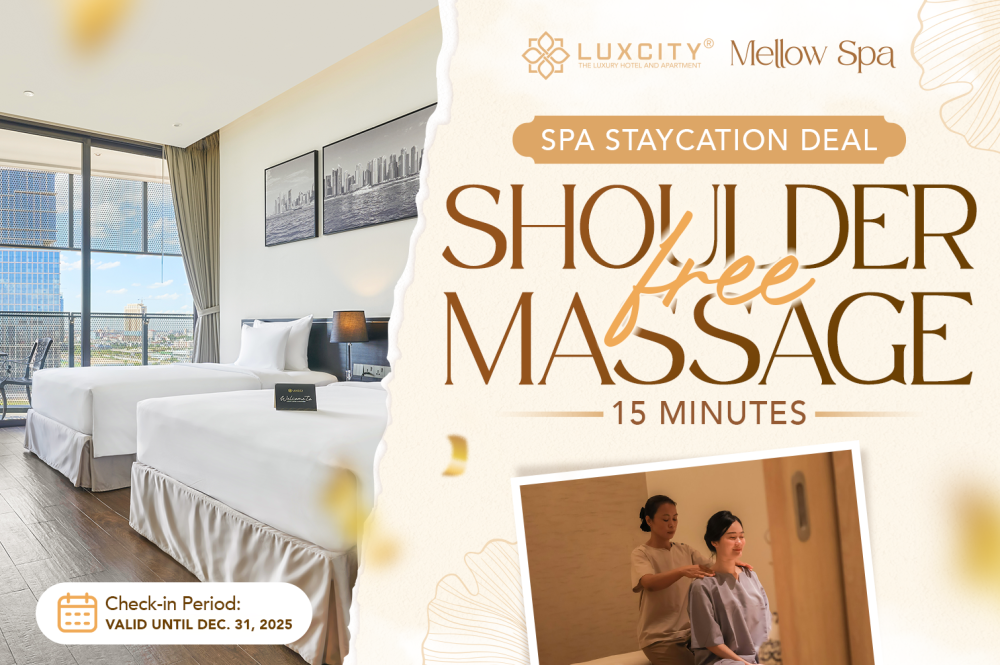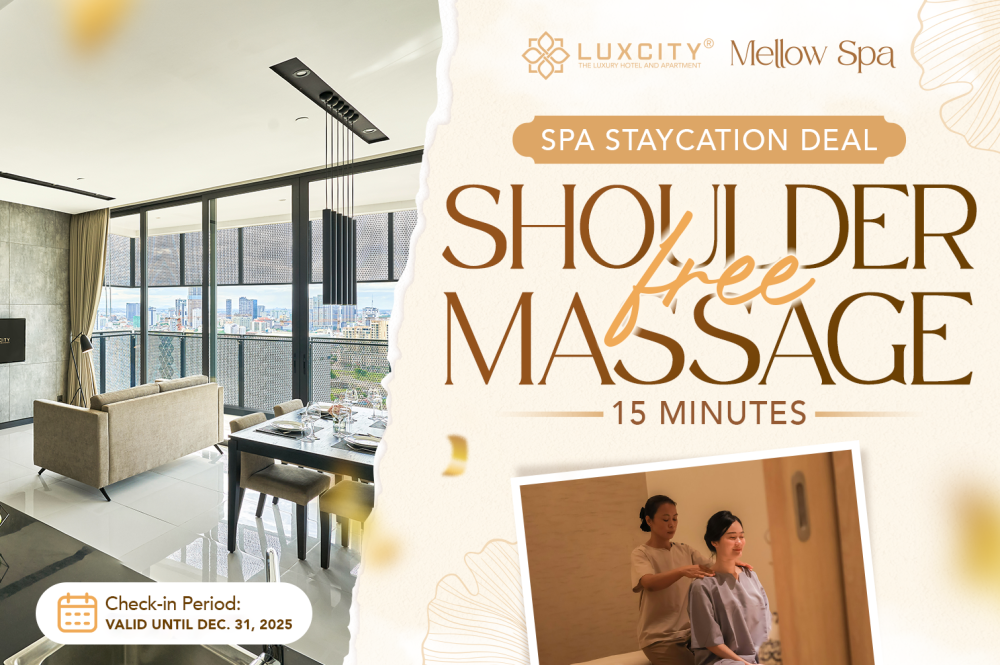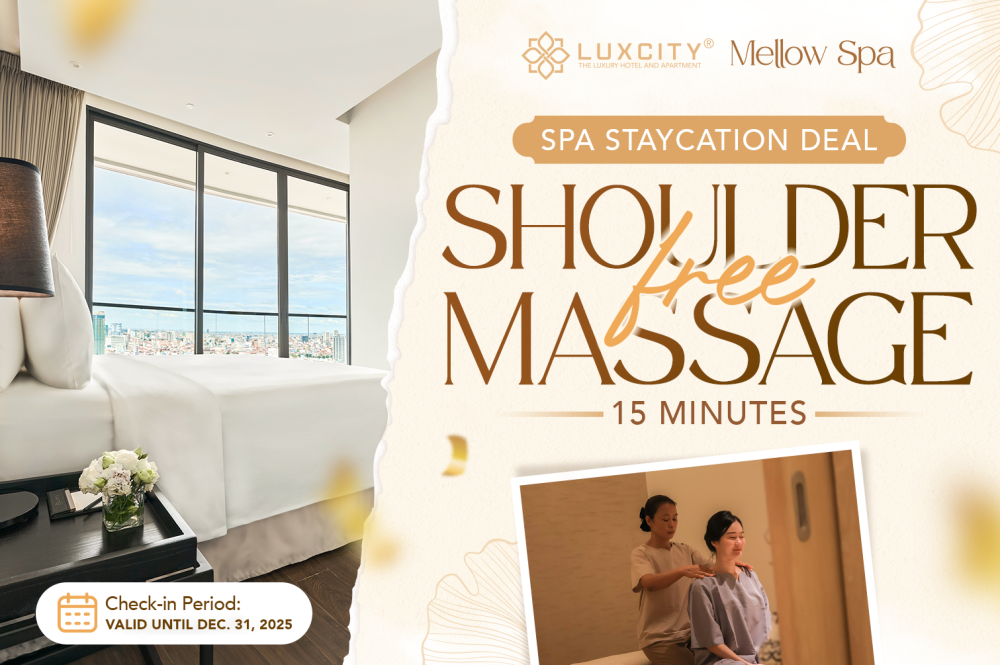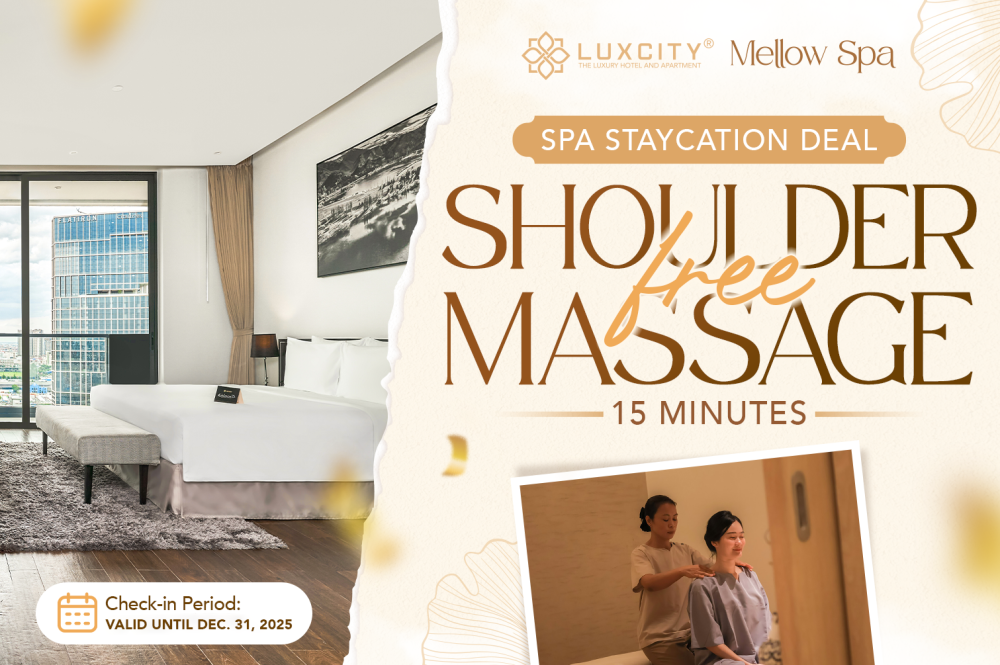27/04/2022
Phnom Penh Residence: The Differences Between Hotels and Residences
The term Residence is quite familiar to many people, especially those who work in the accommodation service industry. With the rise of technology and a shift in traveling purposes, both residential buildings and hotels are curated for two different types of visitors. Even though the two offer a similar set of services, there is still a transparent line that sets them apart. Read more to see how different they are and which residence in Phnom Penh you should choose for your next trip.
Learn More:
- Things you should know when visiting a Dormitory in Phnom Penh
- What is accommodation? Features of Phnom Penh Accommodation [2023]
- What is Staycation? How to treat yourself an enjoyable staycation in Phnom Penh
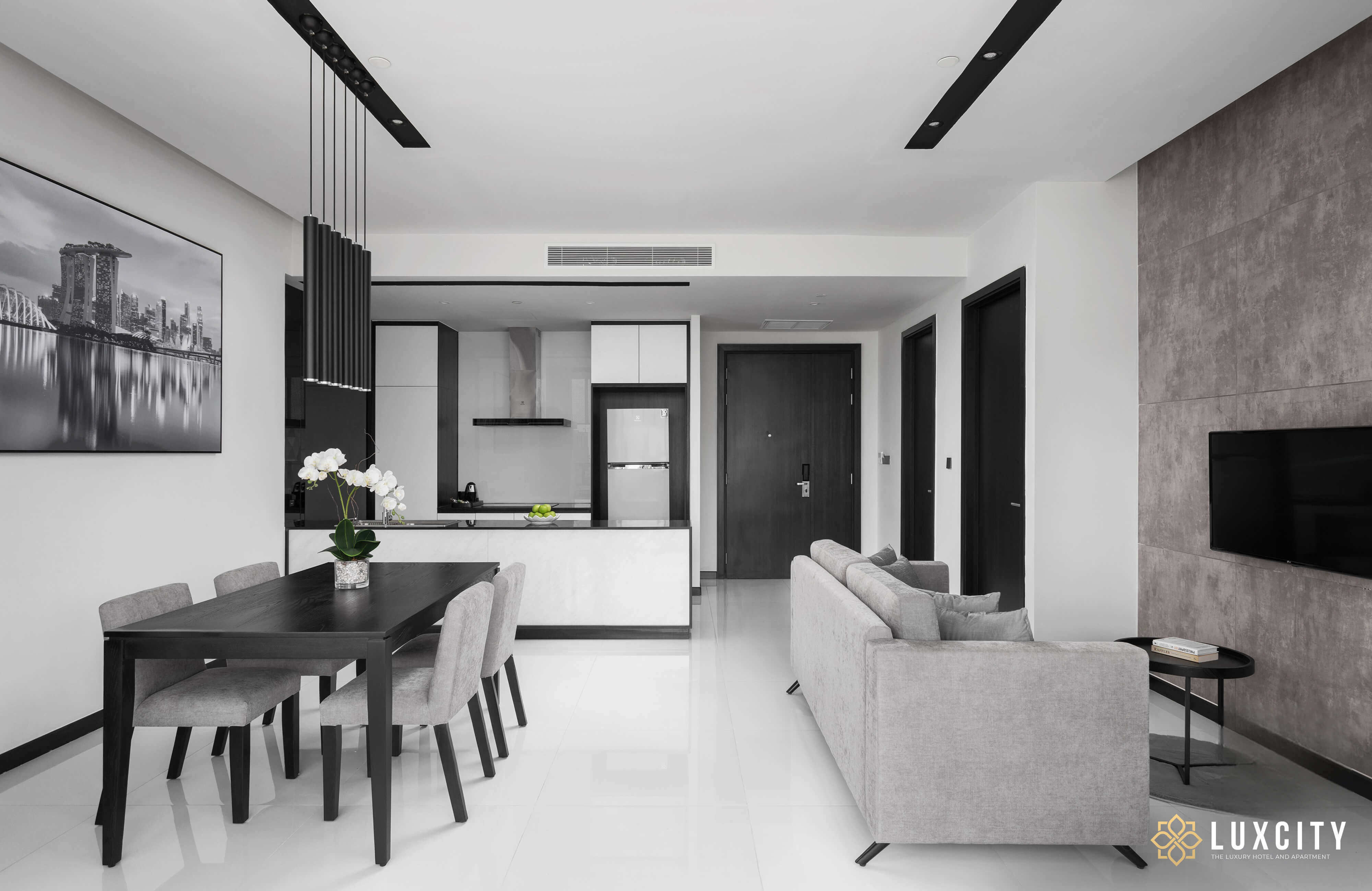
What is Residence?
The term Residence is usually catered to a long-term accommodation contract. The residence is a type of accommodation facility setting foot on a large footprint, with a similar look to an apartment on the outside.
From the get-go, the residential buildings have a unique rule for design and layout concept. Each residence mostly comprises a living room, a bedroom, and a kitchen, which are all curated for the needs of long-term guests, families, or a large group of visitors coming over to a city on a trip rather than residing there for good. With that in mind, a stellar residence should provide a cozy and comfortable atmosphere like a home away from home without sacrificing the basic, standard amenities for a long stay which usually lasts over a week.
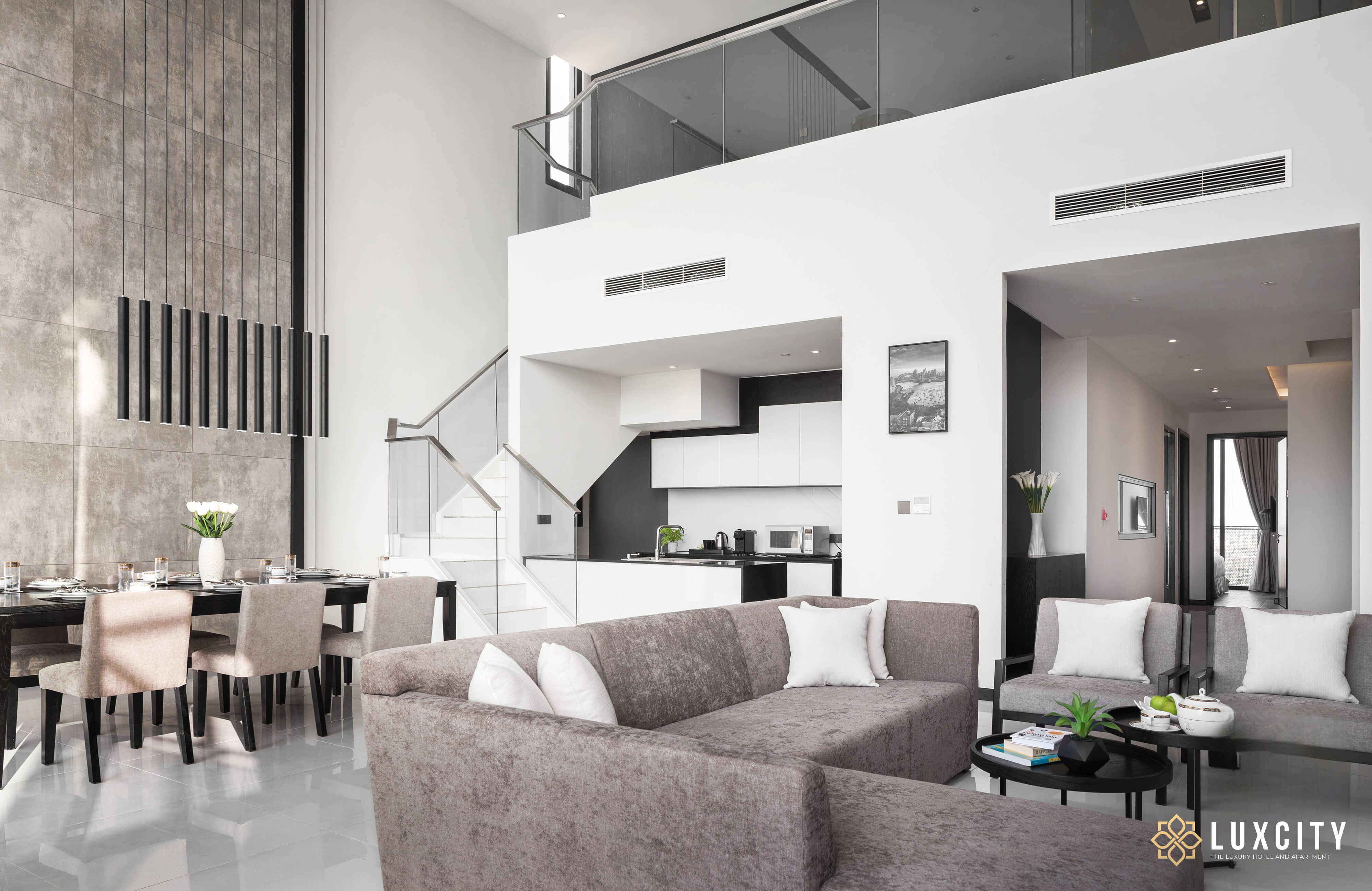
What Is the Difference Between a Residence and a Hotel?
Design and Living Space
Most hotel rooms are not equipped with a chef’s kitchen, standard cooking utensils, or a stovetop. However, you are likely to find most of these things in a Residence. The purpose of a Residence is to accommodate a large group of guests with a long stay time. So think Residence a home away from with a modern, stylish architecture designed with convenience and the best comfort of home in mind.
Purpose of Stay
Unlike a regular hotel room that mainly accommodates sleeping, resting, and working purpose, a residence usually welcomes guests on a long staycation, a business trip, or a long weekend getaway with their families.
On the flip side, hotel rooms are mostly dedicated to a short vacation that mostly lasts within a 3-day window on average. However, the stay time may fluctuate amongst cities where stay time is tied to activities and travel season.
Capacity
A standard hotel room is usually designed for a maximum capacity of two guests. Work your way to those options on the higher end of the price spectrum and you’ll find a maximum capacity of four people or more.
However, a residence can host up to 12 people at once depending on the size of the living space.
Amenities and Services
On top of the basic amenities such as a TV, a well-cared bathroom, a hygiene kit, bedding, and a workspace that you mostly see in a standard hotel, a residence is stocked up with extra amenities including laundry, a cooking space, or a living room to provide a hassle-free staycation that usually lasts a week.
On the flip side, hotel managers will spruce up their brands with a top-notch collection of leisure and entertainment services including a bar lounge, a sublime restaurant (or more), a charter service, tour desks, valet, or even a wine cellar that cannot be seen in a residence.
Comfort
The purpose of a residence is to provide its guests with the best comfort of home. And therefore, a residence is likely to do a much better job in introducing a home-away-from-home experience. This is reflected through the thoughtful design and layout which includes plenty of functional rooms such as a living room, bedroom, kitchen, and dining space, as well as a fitness gym, swimming pools, and laundry area.
A residence may not put the design into overdrive but it sheds the light on the collection of convenience and comfort. On the flip side, most residence buildings look much alike with an absence of personality and concept compared to hotels.
Meanwhile, the competition amongst hotels is on the rise, leaving the heavyweights a big playground to invest in their themes and concepts, eco-friendly practices, hospitality and services, tours and experiences, as well as food and beverage features.
Atmosphere
While hotels offer a better connection among travelers alike, a residence focuses on privacy and comfort. Thanks to a big investment in promoting the local culture through the design concept and architecture, staying in a hotel brings you closer to the land you’re visiting.
Meanwhile, a residence is steeped in a contemporary, stylish, and modern concept using tech-smart devices with refined privacy for each guest’s stay.
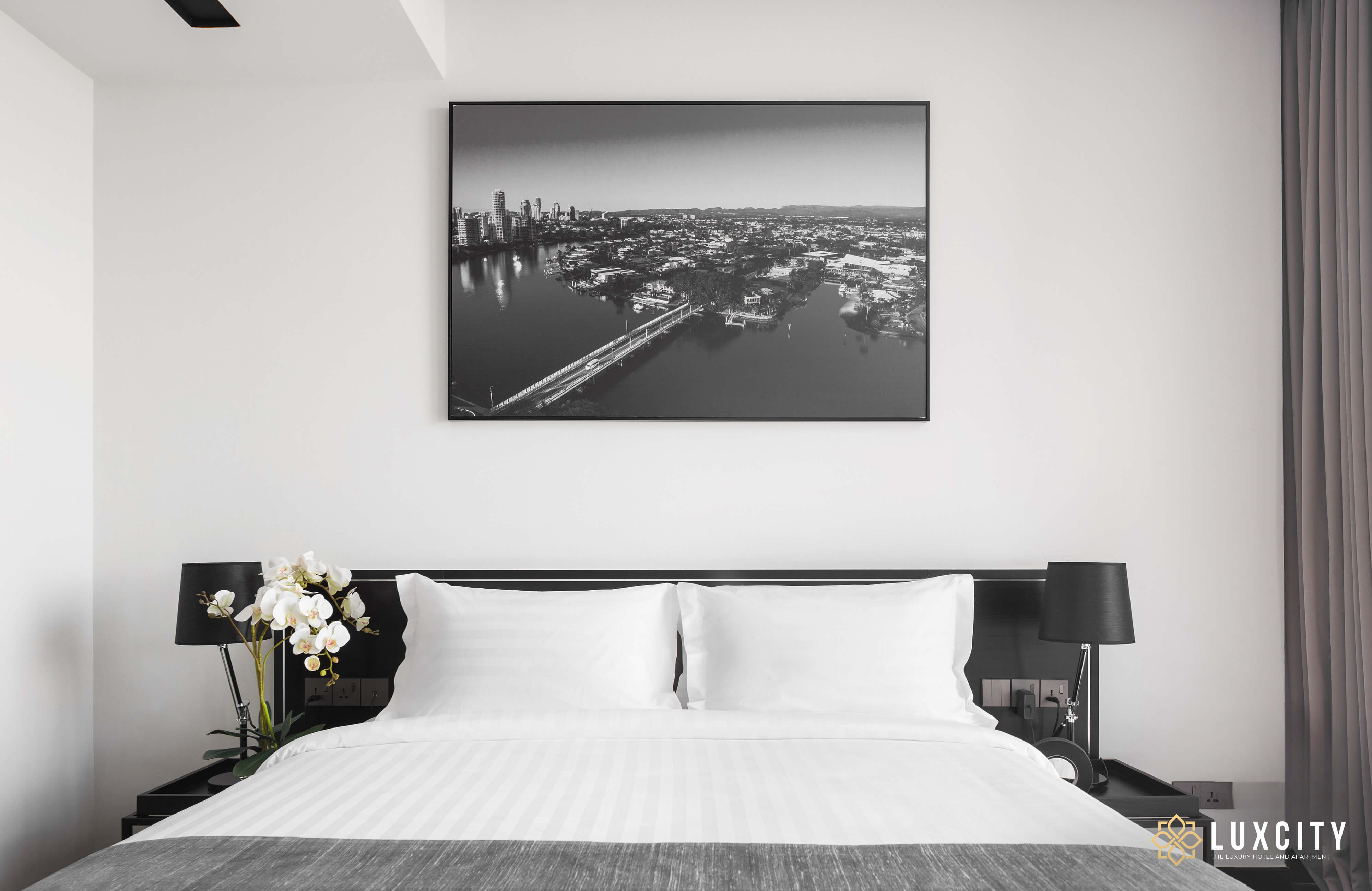
|
|
HOTEL |
RESIDENCE |
|---|---|---|
|
Design and Living Space |
More diverse with a strong local touch. |
Modern, stylish, and contemporary. |
|
Purpose of Stay |
Leisure and business purposes. |
Staycation, a long weekend getaway, business purposes. |
|
Capacity |
Up to four or six people. |
Up to 12 people. |
|
Amenities and Services |
Catered to short leisure stays including local culture and experiences, food and beverages, and designs. |
Catered to long staycation with the best comfort of home including a fitness center, swimming pools, laundry rooms, and car park. |
|
Comfort |
Sufficient comfort for a short stay. |
Home away from home comfort for a long stay. |
|
Atmosphere |
Cozy and colorful with a local touch and a sharing concept. |
Private, modern, tech-savvy. |
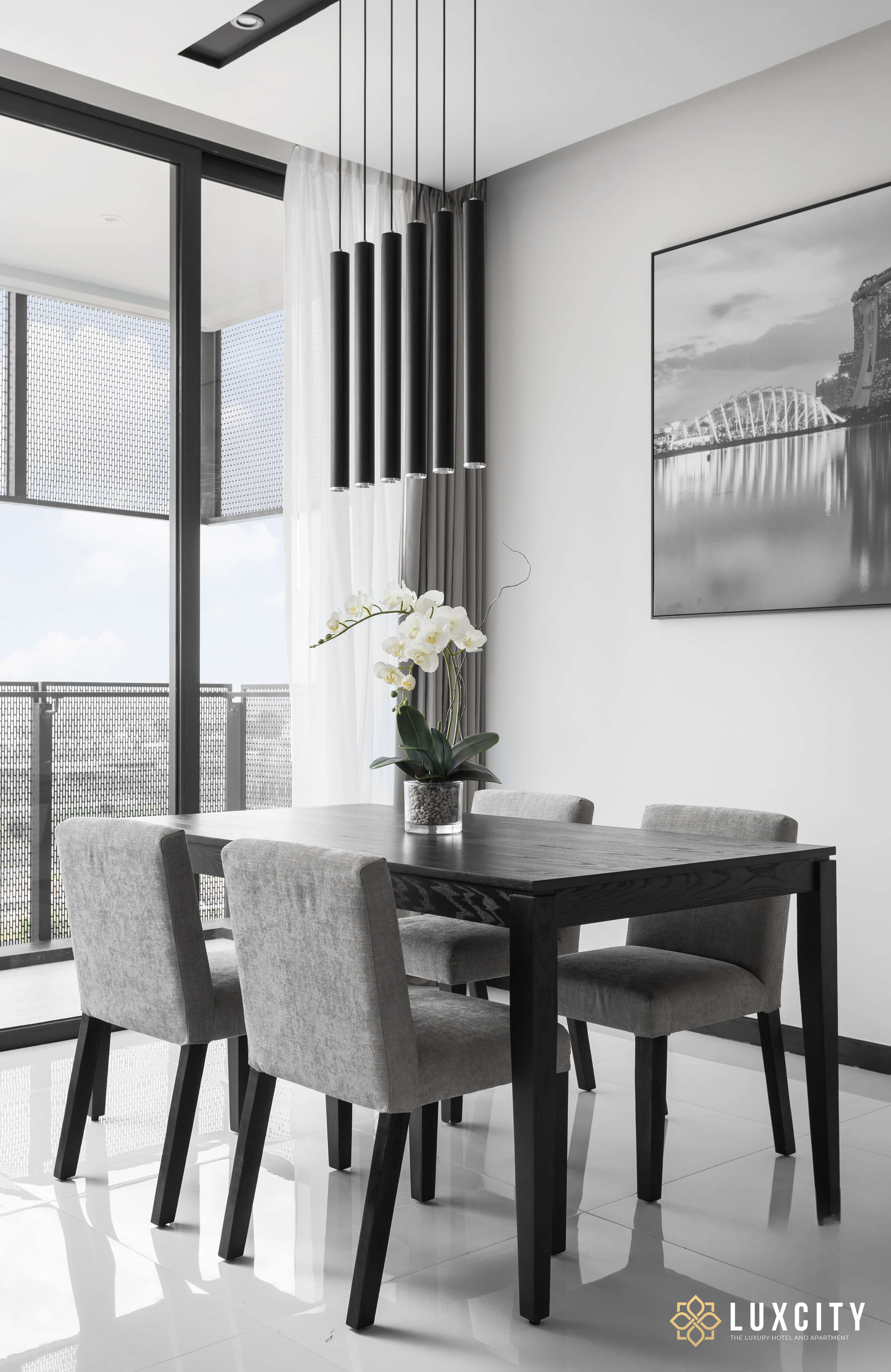
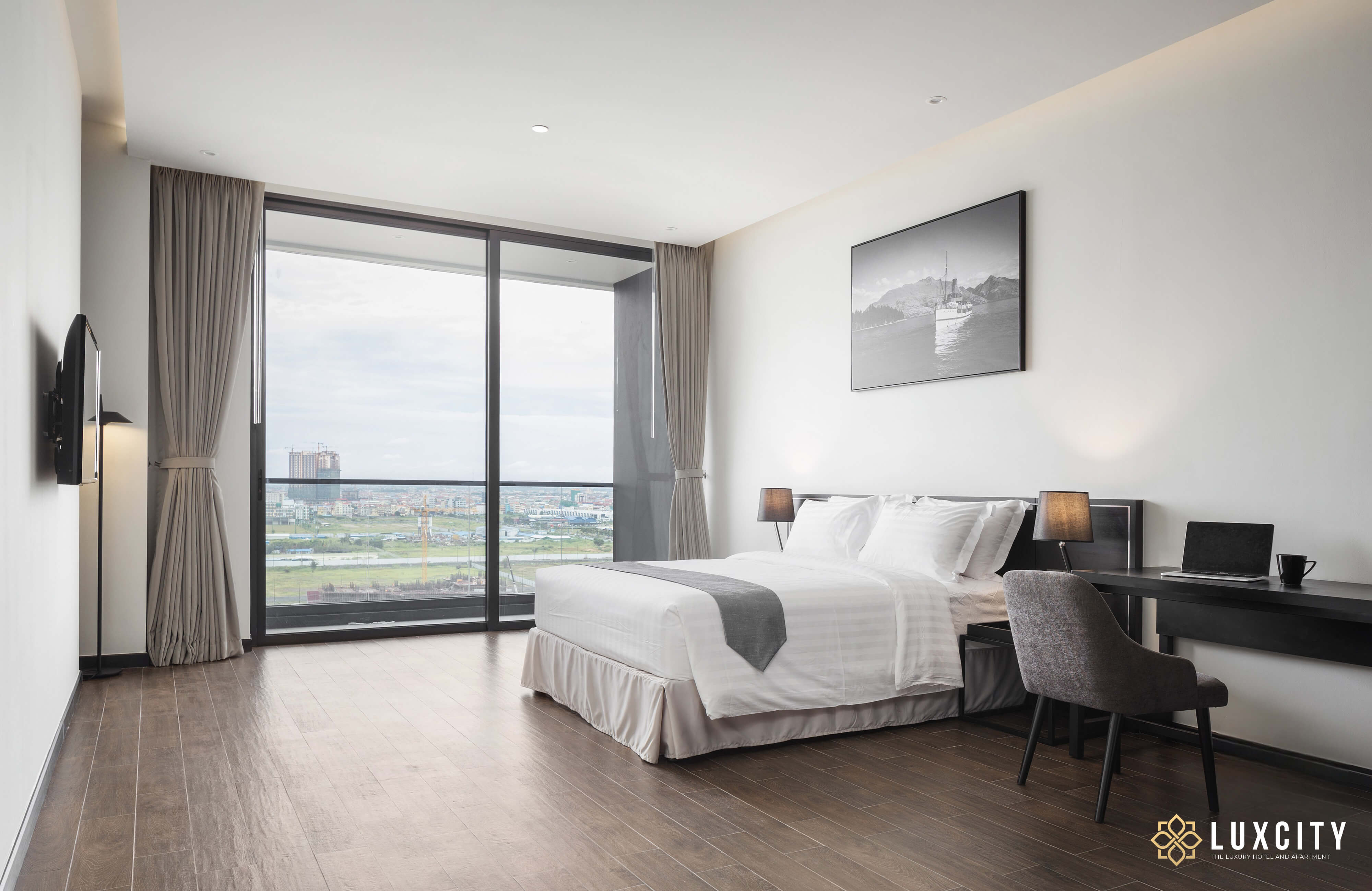
Both hotels and residential buildings are similar but not identical. Choosing the right one for your next trip relies on your primary travel purpose and length of stay. If you’re wondering which residence is the best choice for your upcoming trip to Phnom Penh, don’t overlook Luxcity Hotel & Apartment.

